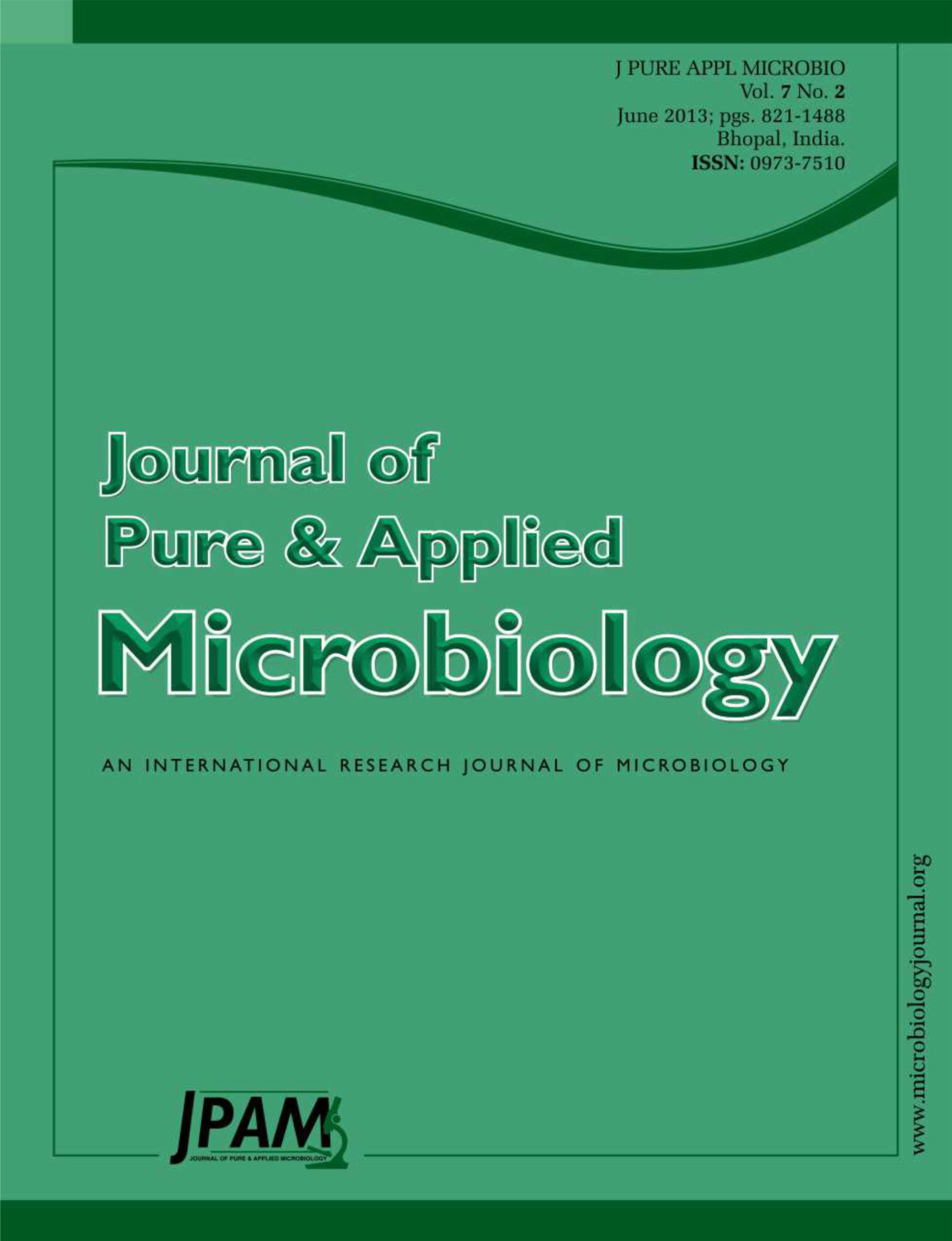Microsporidia are obligate intracellular protozoan. Six genera of microsporidia have been reported to infect humans. Enterocytozoon bieneusi and Encephalitozoon intestinalis have been identified as important agents for chronic diarrhea and wasting syndrome in patients with AIDS. Gastrointestinal complications are frequent in immunsupressed patients. Routine detection of microsporidia in stool specimens is usually performed by staining methods. There is no documented study in Iran about microsporidial infections in the renal transplant recipients. This study was designed to identify the microsporidial infections in renal transplant recipients Tabriz Imam Reza hospital. Sixty four renal transplant patients with or without diarrhea were included in this study. Stool samples were examined by light microscopy for the presence of ova and parasites. Samples were fixed in formalin 10% for permanent staining (Weber’s method). Formalin fixed stools were used for DNA extraction. DNA was extracted by using SDS, CTAB and proteinase k. V1 and EB450 pair primers were used to amplify E. bieneusi and V1 and SI500 primers to amplify E. intestinalis DNA. Light microscopy examination of samples showed eight cases of infection with Giardia lamblia. Study of chromotrope stained slides showed in five patients, microsporidia spores. A study of first step PCR products using V1/PMP2 primers showed that only four samples gave a positive signal in 250 bp. By using V1/EB450 and V1/SI500 primers positive signals were achieved only by V1/EB450 primers in approximately 350bp for all five samples. Microsporidiasis in immunocompetent individuals and patients with immunodeficiency other than AIDS showed gastro-intestinal signs. Gastro intestinal system (GIS) complications like nausea, vomiting and diarrhea are quite frequent during the post-transplant and chemotherapy period. The etiology of severe diarrhea is complex. Correct diagnosis of the cause of severe diarrhea in such patients should help to protect graft survival in transplant recipients. PCR has been used to detect and identify microsporidia from clinical specimens. Study of PCR results demonstrated that four of five patients can identify by V1/PMP2 primers and one sample was negative. This study confirmed that using a combination of diagnostic methods may lead to accurate diagnosis.
Intestinal microsporidiasis, PCR, Iran
© The Author(s) 2014. Open Access. This article is distributed under the terms of the Creative Commons Attribution 4.0 International License which permits unrestricted use, sharing, distribution, and reproduction in any medium, provided you give appropriate credit to the original author(s) and the source, provide a link to the Creative Commons license, and indicate if changes were made.


